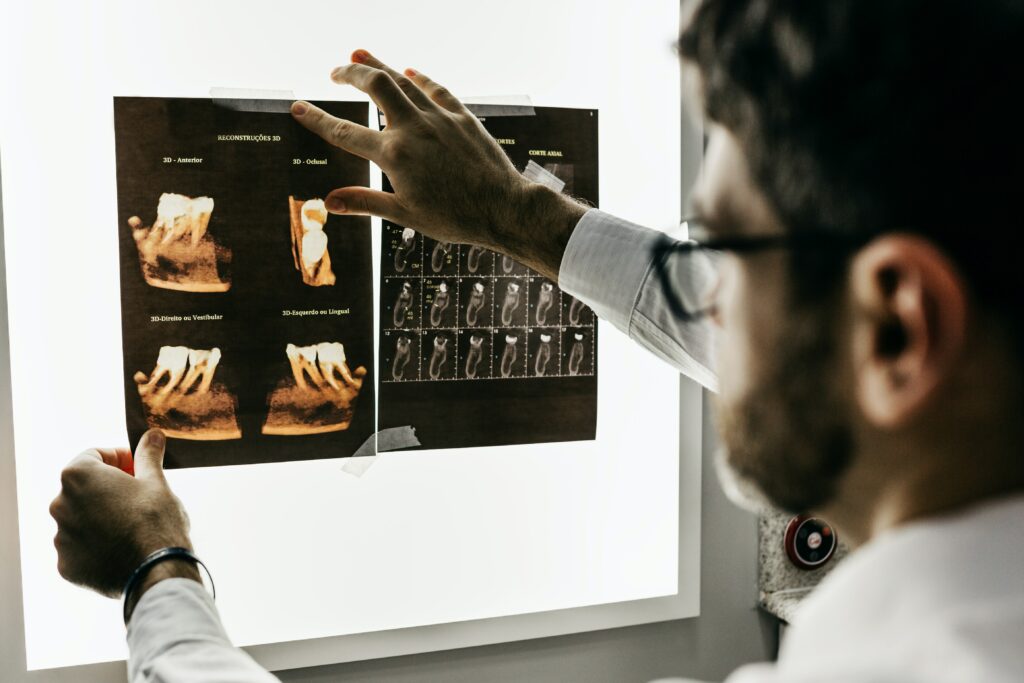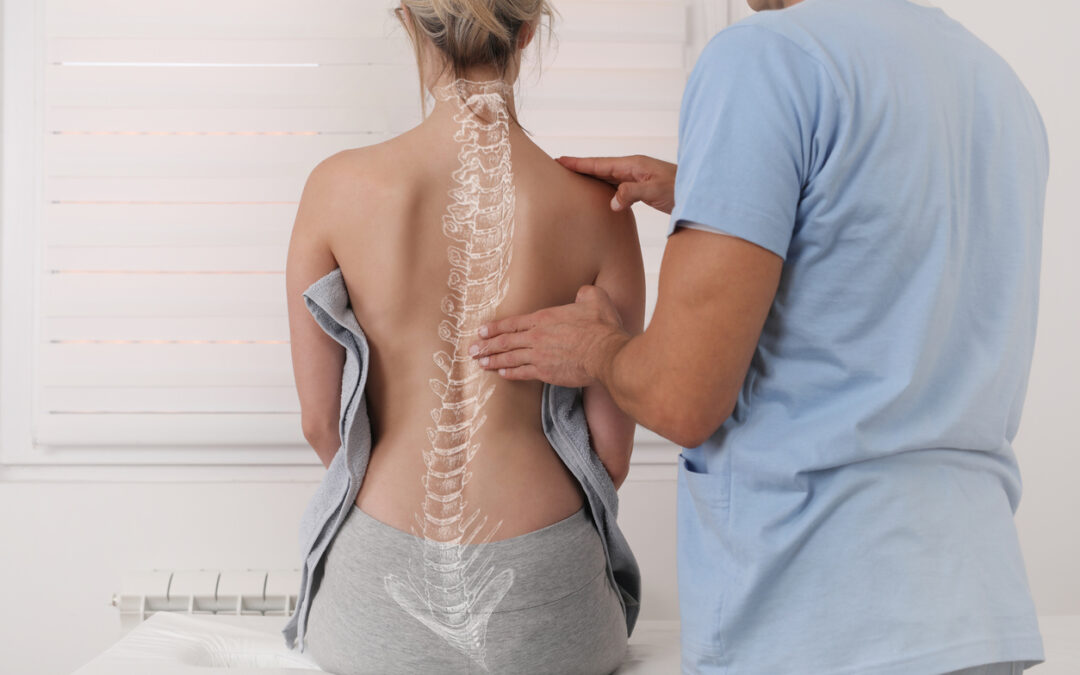Many patients, both young and old, suffer from bulging intervertebral discs. People with compromised fibrous ring fibers are diagnosed with the bulging disc form of intervertebral discs. What else do you know about disc bulges?
What Are Intervertebral Discs (Ivds)?
Intervertebral discs are located between the building vertebrae in the human spine. These are some of the most fundamental components of our spine. A fibrous ring surrounds the discs’ jelly-like filling ( nucleus pulposus ).

The role of intervertebral discs is to relieve pain. It is because of them that walking, squatting, and performing everyday chores are made easier. Furthermore, the discs allocate body weight to the soft tissues. They have a shock-absorbent feature and have mobility as well.
What Is The Concept Of A Bulging Disc?
The bulging disc of the intervertebral disc is a small bulge that takes up a quarter to half of the circumference, the size of the puck’s circumference.
Intervertebral disc protrusions may be a concern for both young and slightly older patients. The deterioration of the fibrous ring fibers is the most common cause. Pain, sciatica, thigh, or shoulder symptoms may all be caused by pressure on the meningeal sac of the spine. Pain that radiates down the leg is common among patients.
Patients do not disregard bulging disc lesions because they need conservative care. It’s also a good idea to take preventative measures. Regular physical exercise will not only improve the health of our bodies but also improve the health of our minds.
First and foremost, you should restrict the factors that damage the disc and maintain good overall health. You should engage in routine physical exercise and maintain proper body posture while bending down or lifting weights. When lifting weights, keep in mind that the legs and buttocks, not the spine, should be used. It’s also a good idea to stay away from rotary motions.
Signs Of Intervertebral Disc Bulging
The bulging of an intervertebral disc can cause mild to serious pain. Many patients are now aware of symptoms:
- It is similar to sciatica, such as thigh tear, shoulder tear, etc.
- numbness
- a pain that radiates down the leg
- Back issues, such as bending or straightening
- buttock ache
How Is A Bulging Intervertebral Disc Diagnosed?
Bulging of the intervertebral disc can result in moderate to extreme pain. Bulging disc protrusions are diagnosed using magnetic resonance imaging and computed tomography.
Lifting Or Holding Large Items Are The Most Common Causes Of A Bulging Disc.

The embossing of a disc is caused by the accumulation of several small acts of negligence. Protrusion occurs as the intervertebral discs degenerates. Degeneration is a progressive weakening of the intervertebral disc. The bulging of the intervertebral disc happens as the nucleus of the intervertebral disc loses its elasticity as the water content in the disc decreases naturally. As a result, the fibre ring can no longer perform its purpose and bends into an arc under the force of pressure.
The risk of bulging increases dramatically as the intervertebral disc’s structural integrity deteriorates. The majority of the bumps are, predictably, the product of years of wear and tear. The most common causes are improperly distributed loads. Bulging may occur as a result of lifting or sudden heavy loads, injuries, or sudden movements during sports. As a result, protrusion occurs when there is a mismatch between friction, body statics, and spine stabilisation.
Another factor that is often underestimated is that people who spend a lot of time at a desk are particularly vulnerable. Nicotine is another factor: smoking impairs the intervertebral discs’ ability to absorb nutrients. Quit smoking if you want to lower the chances of a spinal disc rupturing. Predisposition to such diseases is also a consideration.
In short, we’re in favour of a healthy lifestyle. Contact us if you would like further information.

